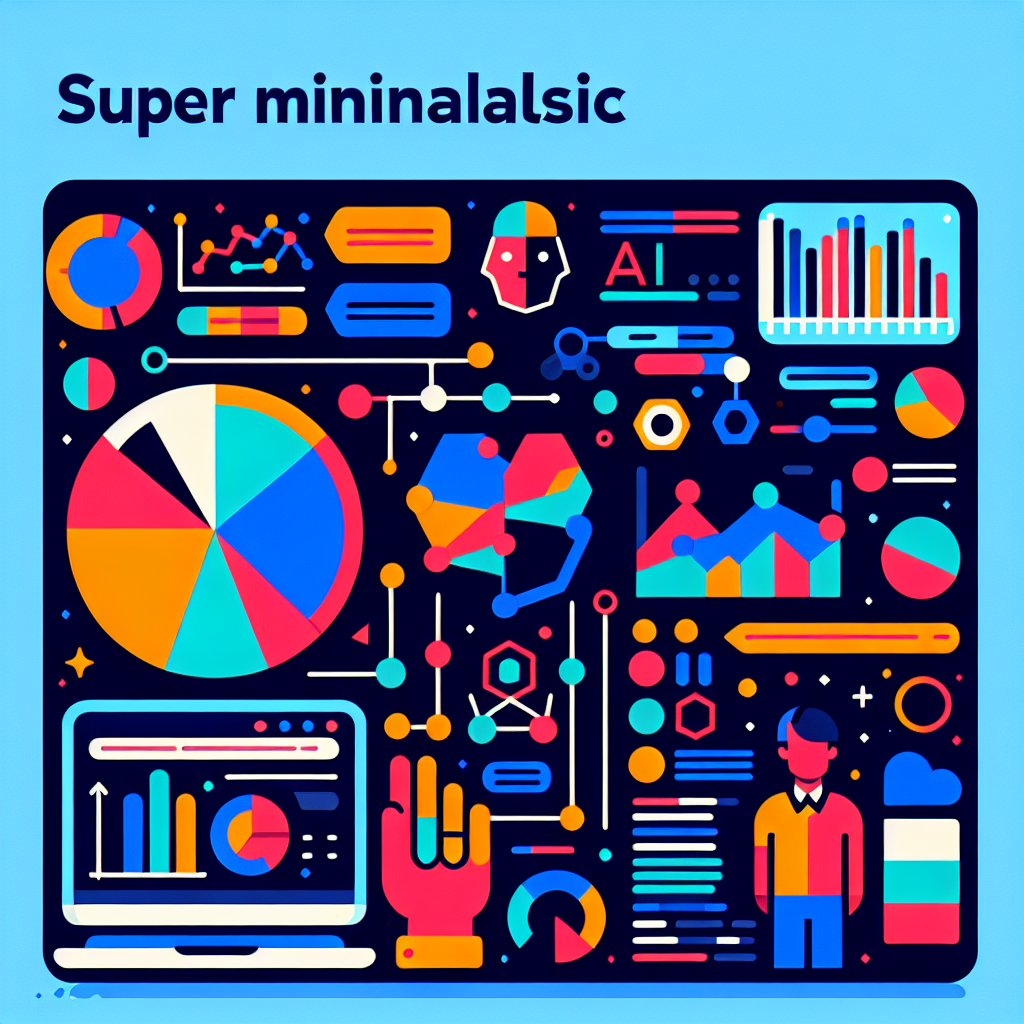AI-Assisted Link Reclamation for WordPress: Recover Lost Backlinks
Backlinks remain a major ranking signal. Yet links disappear — pages move, content changes, domains expire. When that happens your site loses referral traffic and search authority. In this post I’ll walk you through a pragmatic, repeatable process to find, recover and monitor lost backlinks on WordPress, using AI to speed discovery and scale outreach while protecting Core Web Vitals and user experience.
Why reclaiming links matters now
Google’s recent emphasis on Experience, Expertise, Authoritativeness and Trust (E-E-A-T) makes high-quality backlinks more valuable than ever. At the same time, SERP volatility and ongoing algorithm updates mean reclaimed links can recover meaningful visibility faster than waiting for new links to appear.
High-level workflow
- Audit — locate lost or broken backlinks.
- Diagnose — understand why the link broke and whether recovery is feasible.
- Fix — implement redirects, restore content, or request link updates.
- Outreach — personalised requests, scaled with AI where sensible.
- Monitor — track recovery and link equity changes.
Step 1 — Audit: find every lost backlink
Start with the data sources you already have. Combine several for best coverage:
- Google Search Console (Links report) — export historical link data.
- Backlink APIs (Ahrefs, Majestic, Moz) — identify links your site used to have but no longer returns 200.
- Archive signals — Wayback Machine and cached pages reveal removed content or changed anchor text.
- Server logs — referral traffic drops often show what went missing.
Use an AI-assisted script or workflow to normalise URLs, detect 4xx/5xx responses and flag domains that returned a link month-over-month but now don’t. Automating this step with a lightweight AI pipeline drastically reduces manual noise.
Step 2 — Diagnose: is recovery realistic?
For each lost link answer three quick questions:
- Did the target page move or return an error?
- Was the link removed intentionally (content rewrites) or accidentally?
- Is the referring domain still active and relevant?
If the referring domain is gone or deindexed, recovery is often not worth the effort. If the page exists under a new URL, a 301 redirect or outreach to update the URL is usually low-cost and high-impact.
Step 3 — Fix: technical and content interventions
Common fixes include:
- 301 redirects from the old URL to the correct live page.
- Restore or republish content if a valuable page was accidentally removed.
- Relocate content and canonicalise sensibly to preserve link equity.
On WordPress, short, well-implemented redirects protect Core Web Vitals and crawl budgets. If redirects aren’t possible, adjust internal linking and update sitemaps so search engines re-evaluate your pages quickly. If you need support with technical fixes, our web development and website maintenance services help implement safe redirects and content restores without risking performance.
Step 4 — Outreach: scale without sounding robotic
Human outreach still trumps templates. Use AI to draft personalised outreach, but keep a human review step for tone and context. A good workflow:
- AI drafts a bespoke message referencing the missing page and suggested fix.
- Human edits for nuance and adds a relationship note.
- Send, then follow-up manually or with scheduled nudges.
Example recoveries that often work: broken images linking to your resource, old roundups that linked to a pre-existing page, or citations that now point to 404s. If outreach volume grows, automate the sequence but maintain that human-in-the-loop step — it protects your reputation and conversion rates. TooHumble’s AI automation tools can handle drafting and sequencing while your team keeps final approval.
Step 5 — Monitor: prove the recovery and measure value
Monitoring separates busywork from impact. Track:
- Recovered links and the date of update
- Referral traffic uplift to the reclaimed pages
- SERP position changes for targeted keywords
Use automated reports to compare pre- and post-recovery performance. Our reporting and analytics approach builds dashboards that correlate regained link equity with visibility and conversions — essential when demonstrating ROI to stakeholders.
Practical checklist to run in a single week
- Day 1: Export links from GSC and backlink APIs.
- Day 2: Run automated URL status checks and cluster failed targets.
- Day 3: Prioritise lost links by traffic and domain authority.
- Day 4: Prepare AI-drafted outreach for top 50 opportunities.
- Day 5: Implement redirects and publish fixes; send outreach next week.
Ethics, scale and risks
Automatically requesting links at scale can feel spammy. Keep messages relevant, transparent and relationship-first. Avoid buying links or manipulative tactics — they risk penalties. Use AI responsibly: let it assist research and drafting, not replace human discretion.
Final thoughts
Link reclamation is low-hanging fruit. When executed with a pragmatic mix of AI for discovery and human judgement for outreach, it returns authority and traffic faster than many content campaigns. If you want a tailored audit, recovery plan and monitoring dashboard, book a conversation — we blend hands-on SEO experience with AI automation to deliver measurable results. Start with our SEO services and if you’d like to discuss a recovery workflow, contact the team.





